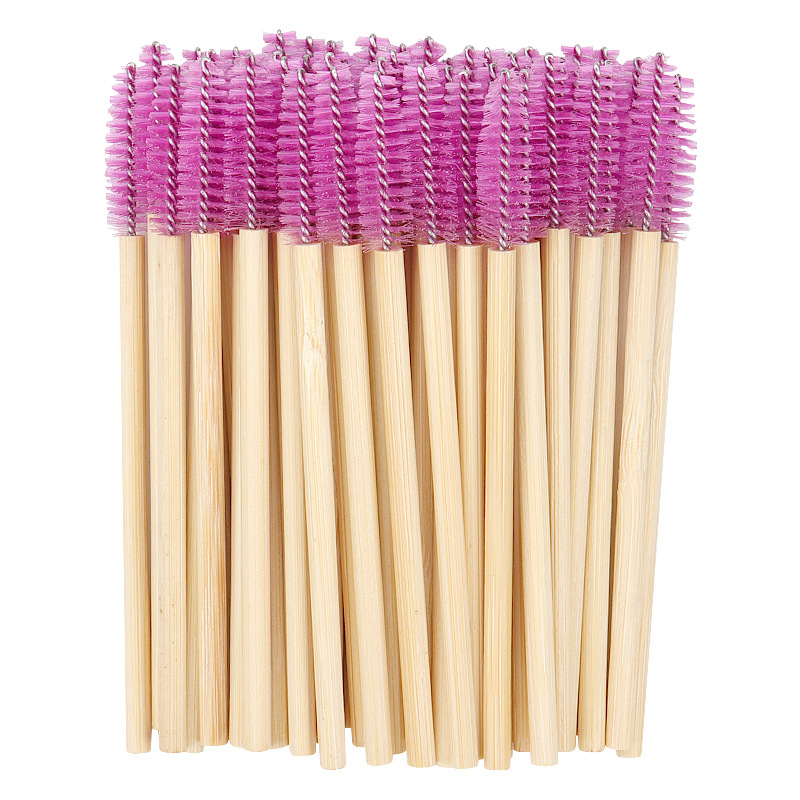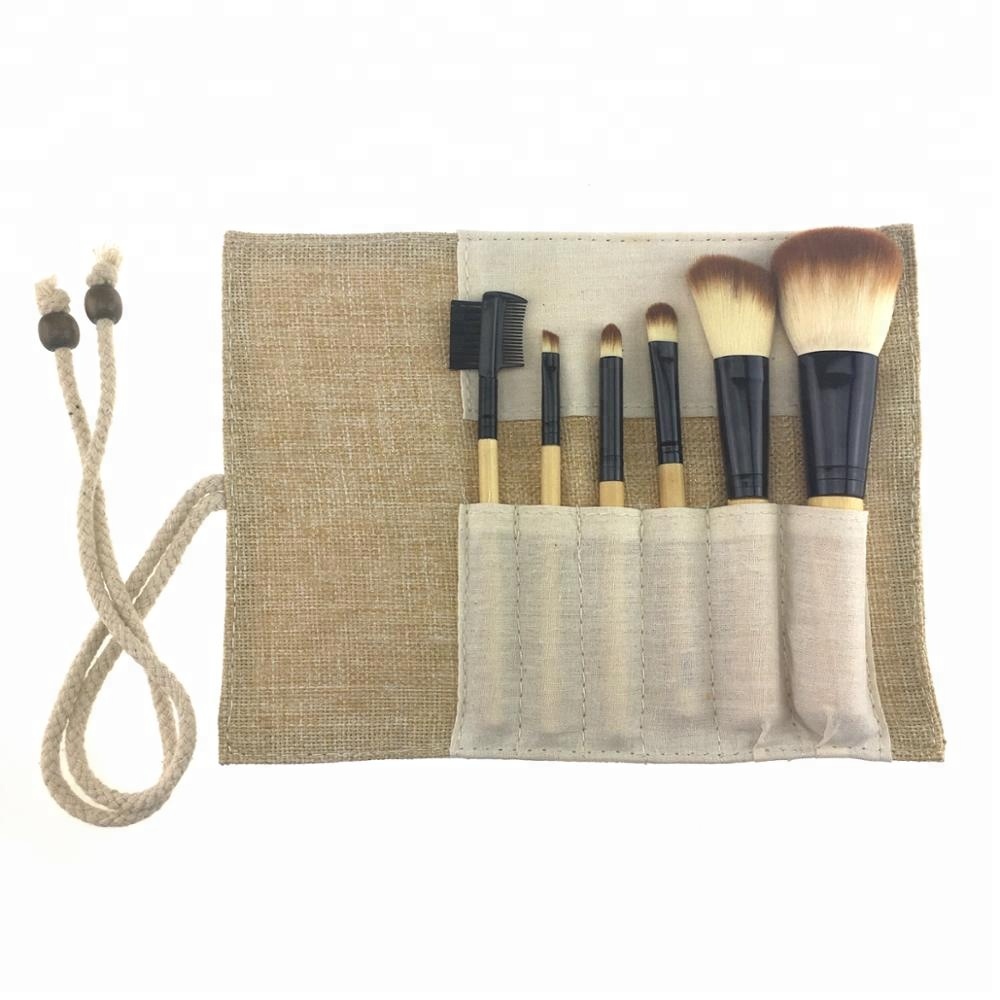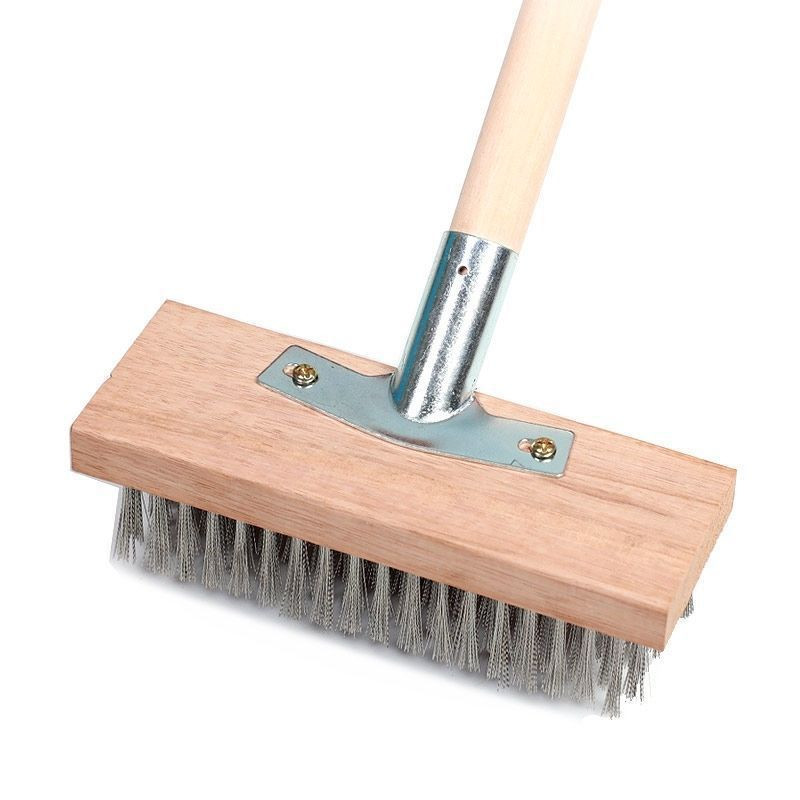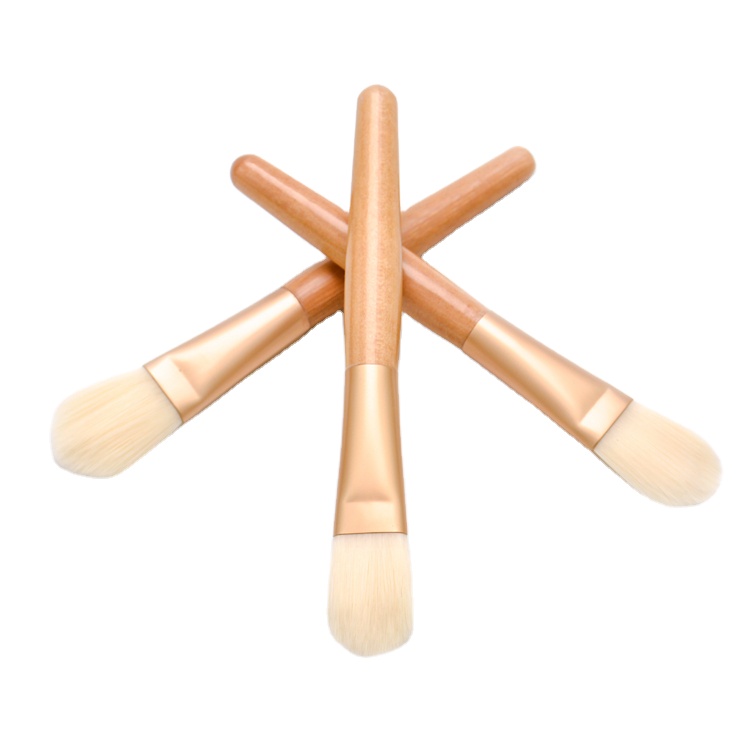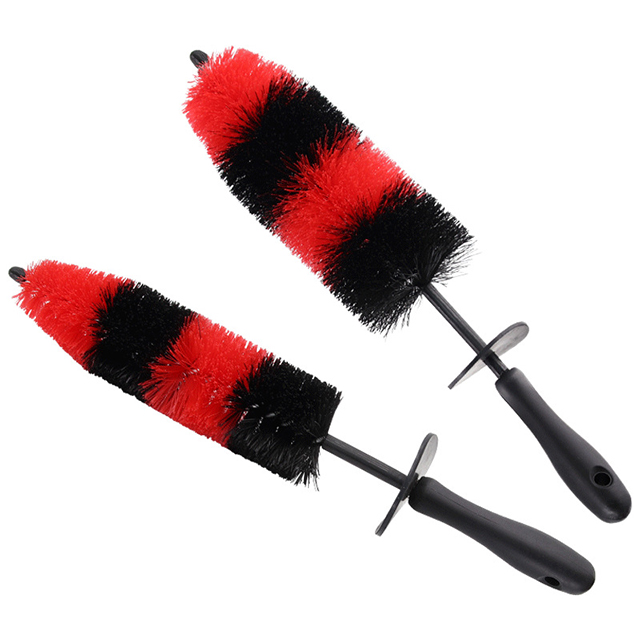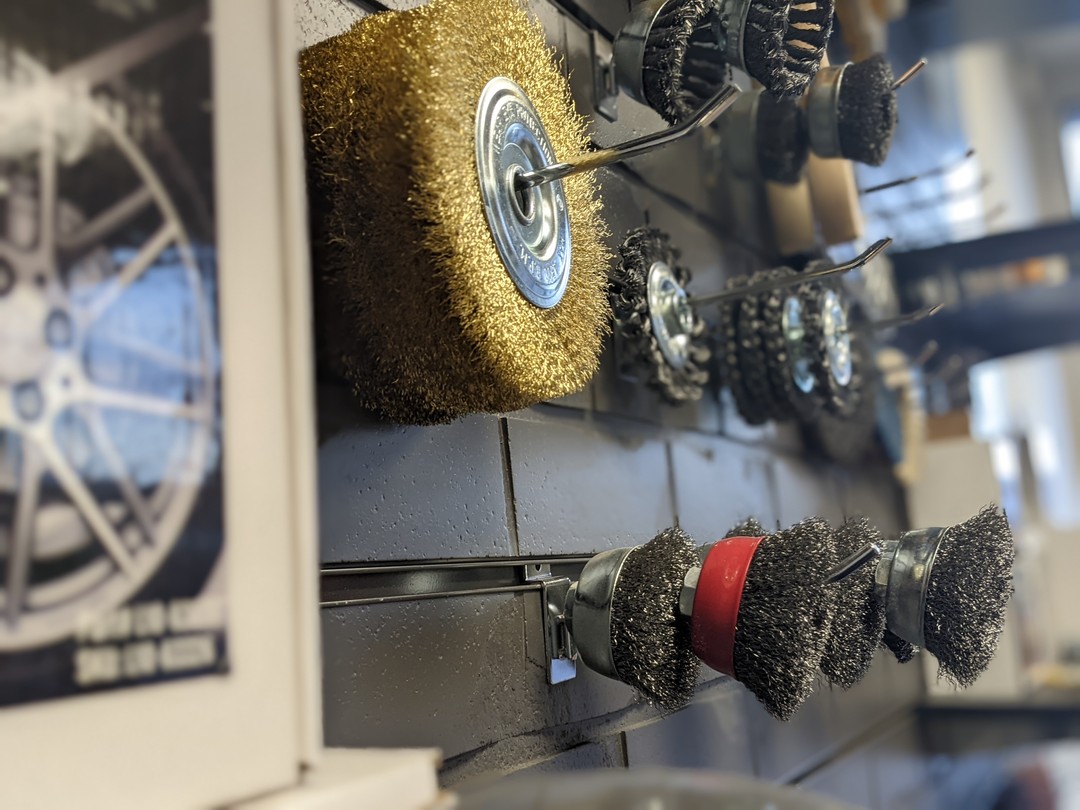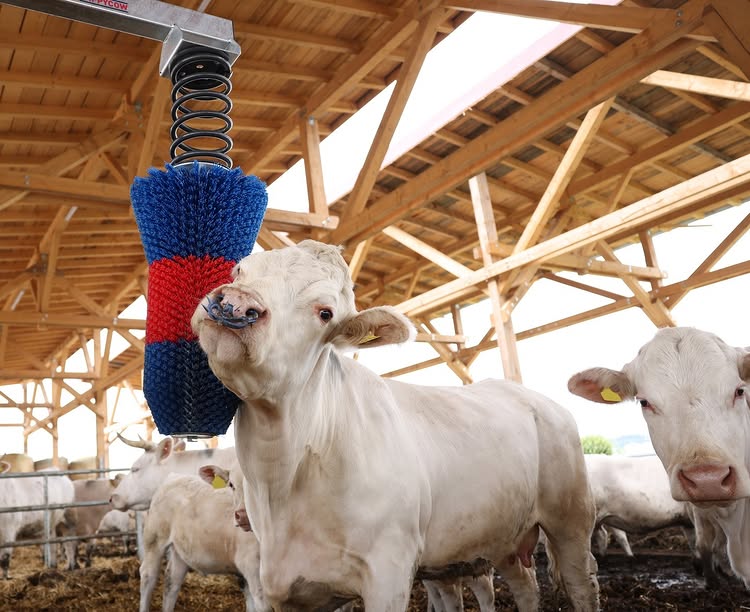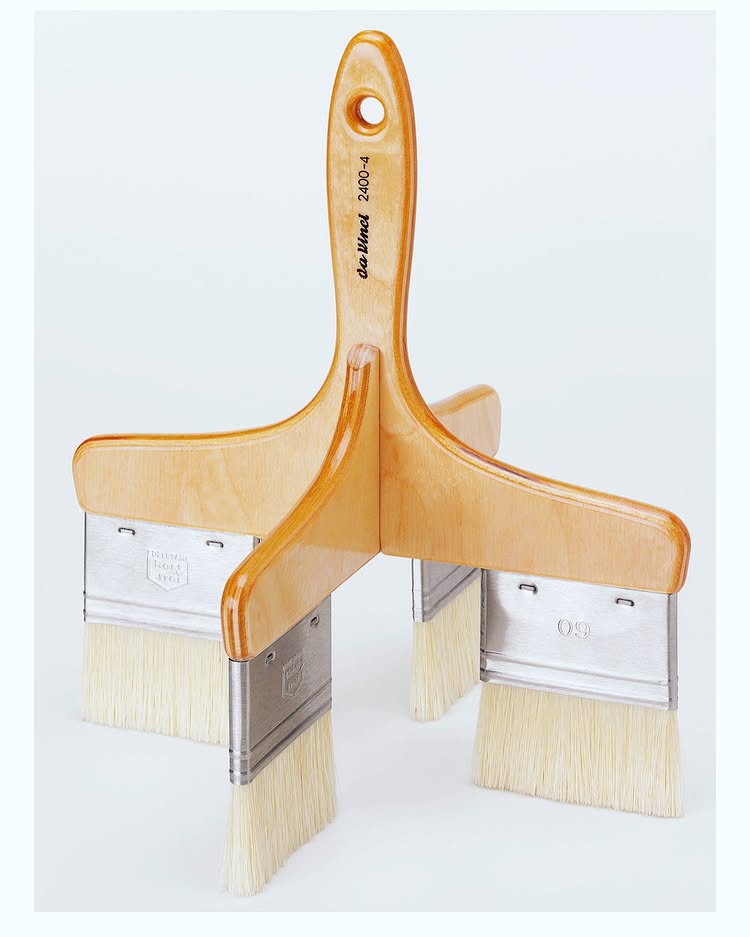Table des matières
Introduction
Embarking on a project that involves surface cleaning, smoothing, or rust removal requires not only skill and precision but also the right tools. Among these tools, wire cup brushes stand out for their incredible versatility and power. These brushes are designed to tackle some of the toughest cleaning tasks, from removing rust to scrubbing grime off metal surfaces. However, with the wide variety of wire cup brushes available on the market, selecting the right one for your project can be a daunting task. This detailed guide will help you navigate through the key factors to consider when choosing the perfect wire cup brush for your needs. Read on to discover how to make an informed decision that ensures excellent results.
What Exactly is a Wire Cup Brush?
A wire cup brush is a specialized cleaning tool that features a circular base with metal bristles attached to it. These brushes are typically crafted from high-strength materials such as steel, brass, or even nylon, depending on the intended use. The bristles are arranged in a dense formation, which enables them to scrub, clean, and remove debris efficiently from a variety of surfaces.
What makes wire cup brushes so effective is their ability to provide both precision and power. Thanks to their compact design, they are able to access tight and difficult-to-reach areas, such as corners, edges, and small crevices, which other cleaning tools might struggle to penetrate. Additionally, the tough bristles make quick work of stubborn dirt, rust, corrosion, and even old paint without causing damage to the surface.
Wire cup brushes come in a variety of shapes, sizes, and materials, making them versatile tools suitable for a range of projects. Whether you’re performing light cleaning, tackling heavy-duty rust removal, or preparing metal surfaces for refinishing, a wire cup brush can help you achieve excellent results.
Key Considerations When Choosing a Wire Cup Brush
To select the most appropriate wire cup brush for your project, several factors must be taken into account. Below, we’ll break down these critical factors to ensure that your choice of brush aligns with your specific needs.
1. Material of the Wire Bristles
The material of the wire bristles plays a pivotal role in determining the effectiveness of the wire cup brush for your particular task. Different wire materials offer varying levels of hardness and durability:
- Steel Wire Brushes: Steel is the most commonly used material for wire cup brushes. Steel wire brushes are ideal for heavy-duty tasks such as removing rust, paint, and corrosion from metal surfaces. Their durability and abrasive properties make them perfect for aggressive cleaning tasks that require a high level of wear resistance.
- Brass Wire Brushes: Brass wire brushes are softer than steel and are often used for more delicate jobs. They are effective in cleaning surfaces without causing damage, making them suitable for non-ferrous metals such as aluminum or brass. If you’re working with materials that require gentler cleaning, a brass wire brush is your best choice.
- Nylon Wire Brushes: Nylon brushes are typically used for more delicate applications, such as cleaning softer materials like wood or plastics. They are less abrasive than steel or brass wire brushes, making them ideal for tasks where you need to avoid scratching or damaging the surface being cleaned.
2. Size of the Wire Cup Brush
Choosing the right size wire cup brush is critical to achieving the best results. Using the wrong size can lead to inefficiencies or even damage to the material you’re working with.
- Small Wire Cup Brushes: If your project involves intricate work or cleaning tight spaces such as corners or grooves, a smaller wire cup brush is recommended. Smaller brushes allow for better control and precision in cleaning hard-to-reach areas.
- Large Wire Cup Brushes: For larger surfaces, such as broad metal sheets or sizable wooden areas, a larger wire cup brush will be more efficient. Larger brushes cover more surface area, reducing the time spent on the task. However, be cautious when using larger brushes on smaller surfaces, as they can be more difficult to control and may cause unintentional damage.
3. Type of Wire Brush
Wire cup brushes come in several different types, each designed for specific cleaning tasks. Understanding the differences between these types will help you make an informed choice:
- Knot-Type Wire Brushes: These brushes have tightly twisted wires that provide an aggressive cleaning action. Knot brushes are perfect for removing stubborn rust, paint, and heavy corrosion. If your project requires powerful cleaning, a knot-type wire brush is an excellent option.
- Crimped Wire Brushes: Crimped wire brushes have flexible bristles, making them suitable for lighter tasks. They are ideal for roughing up surfaces or cleaning delicate materials without excessive abrasion. If you need to clean surfaces gently or create a textured finish, crimped brushes are the go-to choice.
- Type of Wire Spacing: The spacing between the wires can also vary. Brushes with tighter wire spacing are better for finer and more delicate cleaning tasks, while brushes with wider wire spacing are more effective for heavy-duty cleaning tasks that require more abrasive action.
4. Compatibility with Power Tools
Wire cup brushes are often used with power tools like angle grinders or straight grinders to enhance their cleaning capabilities. When selecting a wire cup brush, it’s essential to ensure that it is compatible with the power tool you plan to use.
- Tool Compatibility: Check the size and attachment mechanism of the wire cup brush to ensure it fits your power tool. Most brushes come with a standard arbor size, but it’s always a good idea to confirm the specifications before purchasing.
- Performance Compatibility: Some wire cup brushes are designed specifically for certain types of grinders or power tools. Always consult the manufacturer’s guidelines for your tools to ensure the wire cup brush is compatible and will deliver optimal performance.
5. Budget Considerations
While it can be tempting to choose the most affordable option available, it’s important to remember that the quality of the wire cup brush can significantly impact your project’s outcome. Sometimes, opting for a slightly more expensive brush that offers better durability and performance can save you time and money in the long run.
- Invest in Quality: A high-quality wire cup brush will last longer, provide better cleaning results, and withstand more aggressive use. When selecting a wire cup brush, balance your budget with your project’s specific requirements, ensuring you get the best value for your investment.
How to Use a Wire Cup Brush Effectively
Using a wire cup brush correctly can enhance its performance and extend its lifespan. Here are some tips for achieving optimal results:
- Wear Safety Gear: Wire cup brushes can produce flying debris during use, so always wear appropriate safety gear, such as goggles, gloves, and a dust mask.
- Use the Right Speed: For power tools, ensure that you are using the correct speed setting for your wire cup brush. Too high a speed can cause excessive wear on the brush, while too low a speed can reduce its cleaning efficiency.
- Use the Brush at a Comfortable Angle: Position the wire cup brush at a slight angle to the surface to avoid applying too much pressure. This will help maintain control and prevent premature wear on the brush.
Additional Features and Benefits of Wire Cup Brushes
1. Versatility for Various Applications
Wire cup brushes are incredibly versatile, capable of handling a wide range of tasks. Whether you need to clean rust off a car, prepare metal surfaces for painting, or remove debris from pipes, these brushes can handle it all. Their adaptability across different materials and surfaces makes them indispensable tools in both home and industrial settings.
2. Long-Lasting Durability
With the right care and maintenance, wire cup brushes can last for a significant period. High-quality steel and brass wire brushes, in particular, are known for their durability and resistance to wear, making them suitable for multiple uses on various surfaces.
Conclusion
Selecting the right wire cup brush for your project is essential for achieving high-quality results. By considering factors such as wire material, size, type, tool compatibility, and your budget, you can ensure that you choose the best tool for your specific cleaning and surface preparation needs. Keep in mind that quality and precision are key to a successful project, so investing in a high-quality wire cup brush is often the best decision for long-term performance.
By following the guidelines outlined in this article, you can confidently select the right wire cup brush and ensure that your project is completed efficiently, with excellent results. Remember, the right tools make all the difference in achieving your desired outcome, so choose wisely and get started today.
Foire aux questions (FAQ)
1. What are the most common uses for wire cup brushes?
Wire cup brushes are primarily used for cleaning, rust removal, paint stripping, and surface preparation. They are versatile and can be used on metal, wood, concrete, and plastic surfaces.
2. Can wire cup brushes be used on delicate surfaces?
Yes, if you choose a nylon or brass wire cup brush, these are less abrasive and can be used on delicate surfaces like wood or non-ferrous metals. Be sure to select the right material for your project.
3. How do I maintain my wire cup brush for long-lasting use?
To extend the lifespan of your wire cup brush, make sure to clean it after each use, check for worn-out bristles, and store it properly to avoid damage. Additionally, avoid using excessive pressure when working with the brush to minimize wear and tear.

